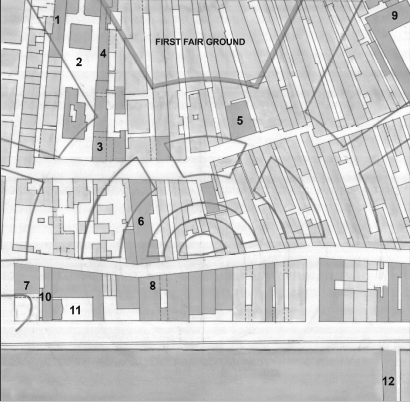Identikits of Smyrna at Turbulent Times Through Surveys, Plans, References and Projects
Cristina Pallini, V. Hastaoglou-martinidis

Abstract
Cross-checking documents, surveys, town-planning schemes, references and projects, this paper explores the processes through which cosmopolitan Smyrna was rebuilt after the fire of 1922 and became a national port-city seat of the newly-established trade fair. Some key ideas for the future of the city - a new university, port extension, and a workers’ district - had been addressed before the fire, during the years of Greek occupation. Reconstruction plans documented so far bear witness to different visions of future Izmir, shifting from a modern port served with transport infrastructure to a functional city equipped with public spaces of a new kind, able to become the scene of future collective projections. The creation of the Kültürpark on the fire zone, and the establishment of the annual fair at the Kültürpark, marked a turning point in the urban, social and symbolic reconstruction of the city. The processes of eradication and dispossession that have shaped modern Izmir can be considered a major statement in the nation-building process, while raising many questions about the arbitrary morality of what should, or need not, be preserved.
Hastaoglou-Martinidis, V., and C. Pallini. “Identikits of Smyrna at Turbulent Times Through Surveys, Plans, References and Projects.” In Il Passato Conteso. Metamorfosi di alcune città di confine del Mediterraneo orientale tra Ottocento e Novecento (Dissonant past: Metamorphosis of Eastern Mediterranean border towns at the turn of the 20th century), special issue of Città e Storia, n.2, edited by H. Porfyriou and C. Pallini, 379-404. 2013.



